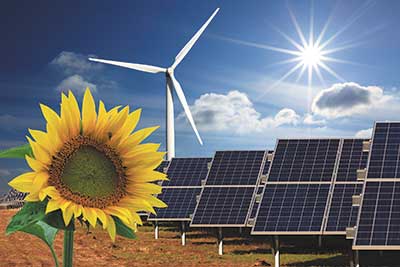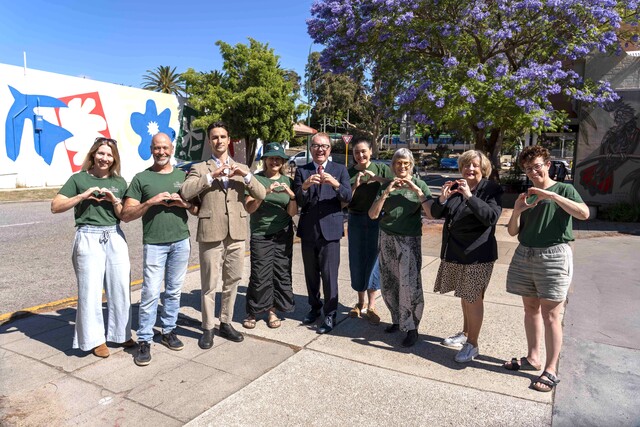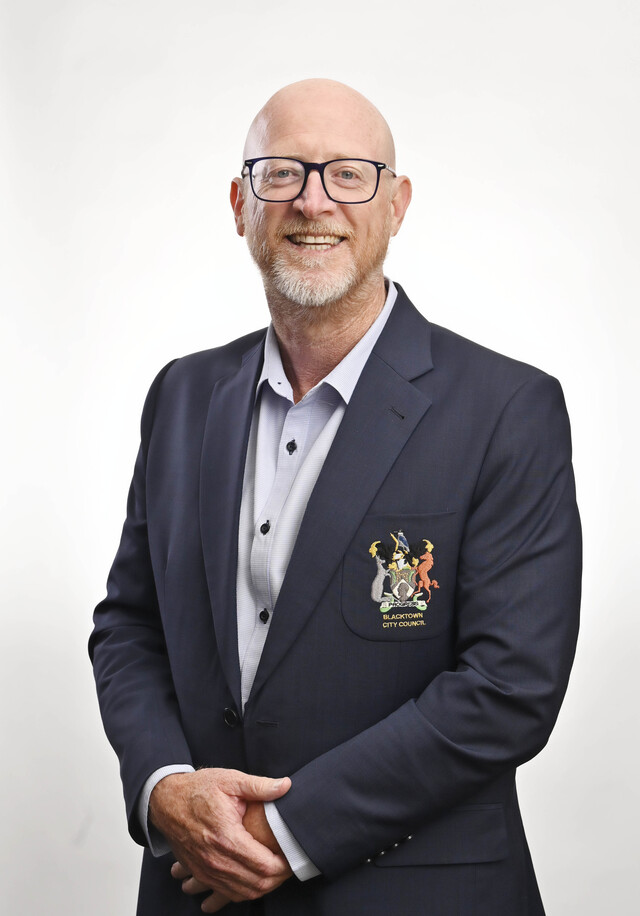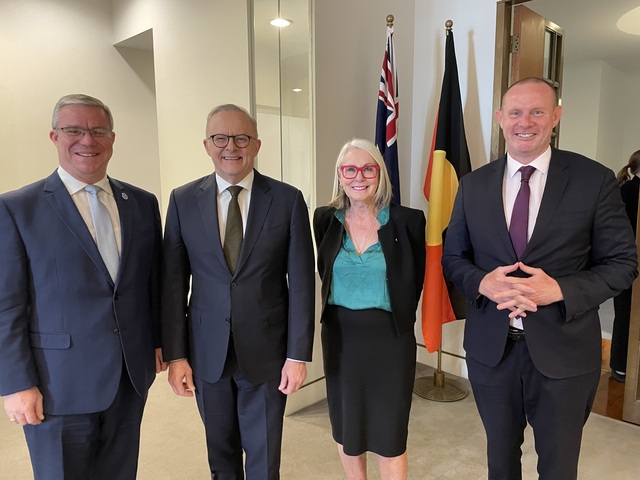A deal between Labor and the Coalition has secured the future of the Renewable Energy Target (RET).
The new target for renewable energy produced nationally by 2020 has been lowered to 33,000 gigawatt hours (GWh), down from 41,000 GWh.
The Federal government engaged in a review of the RET in 2014, which recommended the scrapping or reducing many parts of the scheme.
Green power projects either engaged or supported by councils now have a more secure future.
One project stalled due to the uncertainty surrounding the RET is the Sapphire Wind Farm, which is planned to be constructed 18km west of Glen Innes in New South Wales.
Senior Development Manager for the Sapphire Wind Farm Adrian Maddocks said the project has been shovel-ready since 2013.
“The primary problem has been the Government’s inaction over the last 18 months, which left the project sitting on the shelf gathering dust.
“There wasn’t any interest while the market was frozen.
“The RET legislation has passed the House of Representatives, but obviously still has to pass through the senate, however it has given us more confidence the project can move forward.”
Mr Maddocks said that it was too early to tell if the new RET target would affect the scope of the project.
“Obviously we would have preferred the target to stay the same or increase.
“Projects may make changes to make it look more effective and attractive, like only constructing turbines on the most efficient sites, but that is not expected to happen with this project.”
Inverell Shire Council released a statement that Council is generally supportive of the Sapphire Wind Farm and the potential benefits such a large-scale development can bring to the Inverell Shire and the region.
“Council acknowledges the benefits of the project at a local, regional and national scale.
“It is understood that the project will improve security of electricity supply, create employment opportunities and will contribute to the State and Federal Governments’ targets for renewable energy and reduction in greenhouse gas emissions.
“The project has the potential to inject millions of dollars into the Australian economy over its lifetime.
“The project also has the potential to create employment opportunities and bring investment into the region, which the Council welcomes.
“Council anticipates that this economic injection may flow through to the local economy through the use of local contractors and local services, particularly during the construction phase.
“The proposed annual Community Fund commitment of $1,250 per MW installed will broaden the benefits of the project beyond those accrued by the involved landowners.
“Council welcomes this initiative and acknowledges that it is voluntary, to be shared between Inverell and Glen Innes Shire Council areas.”
Clean Energy Council Chief Executive Kane Thornton said that between 30–50 major projects would be built to meet the 33,000 GWh targets, along with hundreds of medium-scale solar projects.
“The signs are good that the renewable energy industry, which has languished in an environment of policy uncertainty and lost opportunity for more than a year, is ready and waiting to grab hold of the many opportunities in the wind – and the sun, the waves and much more.
“Approximately 6500 jobs and $10 billion worth of investment are set to be created by the large-scale renewable energy sector alone.
“With household renewables included, this takes the total up to 15,200 jobs and $40.4 billion worth of investment over the life of the scheme.”
Green Building Council of Australia (GBCA) Chief Executive Officer Romilly Madew said the new target disappointed the organisation.
“Not only has the ongoing uncertainty around the RET damaged Australia’s renewable energy industry both locally and internationally, it has damaged efforts across the economy to reduce emissions, and impacted our global standing as a sustainable economy open to innovative technologies and solutions.
“The RET has supported investment in renewable energy solutions across the nation, reducing our emissions and energy bills for building owners and tenants alike.
“We are relieved that a compromise has been made so that stalled projects may continue.
“Encouraging renewable energy use reduces emissions, encourages innovation and technology advancements, and ultimately boosts Australia’s international competitiveness and attractiveness to investors.
“However, slashing the RET only sells Australia short, leaving us behind other countries that are embracing renewable energy opportunities and preparing their economies for a low-carbon future.”
A major solar project currently under construction is the Moree Solar Farm.
Economic Development Officer at Moree Plains Shire Mark Connelly said that he understood the discussion surrounding the RET made sourcing equity and funding more difficult.
“Council sees the project as an economic benefit, and it will support the region with capital and employment.
“A lot and time and effort has gone into supporting the project.
“If the project had fallen through, our hard work would have been for nothing.”
Mayor of Moree Plains Shire Council Katrina Humphries had turned the first sod of dirt on the project in December.
When completed, the Moree Solar Farm will cover 350 hectares of land, supply 15,000 homes, and reduce Council’s CO2 emissions annually by 95,000 tonnes.
When the review of the RET was announced in 2014, some local governments expressed concern at the impact of lowering or removing the target.
Submissions were received from The City of Melbourne, The City of Sydney, Sunshine Coast Council and Willoughby Council, among others.








